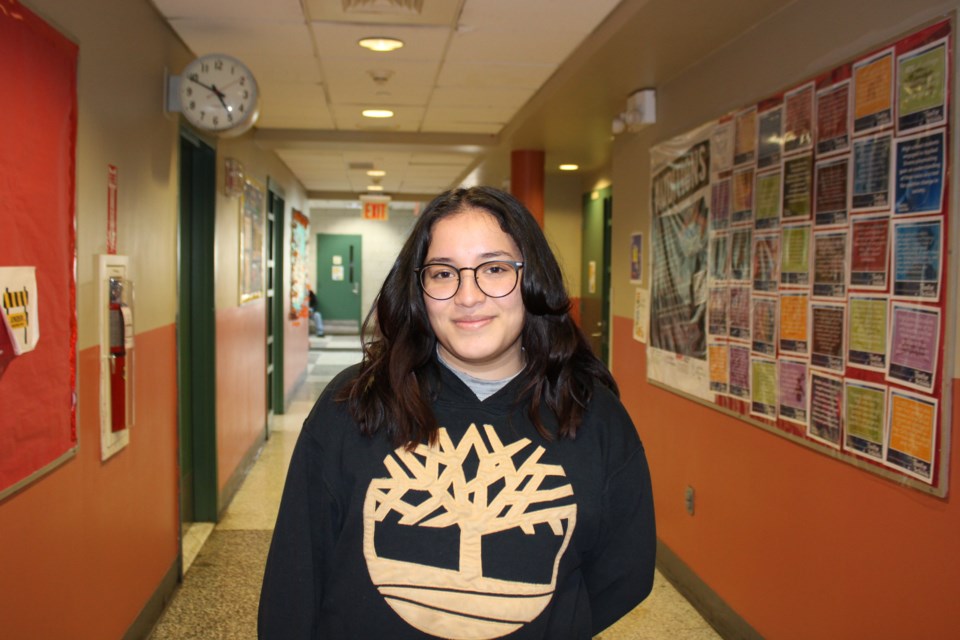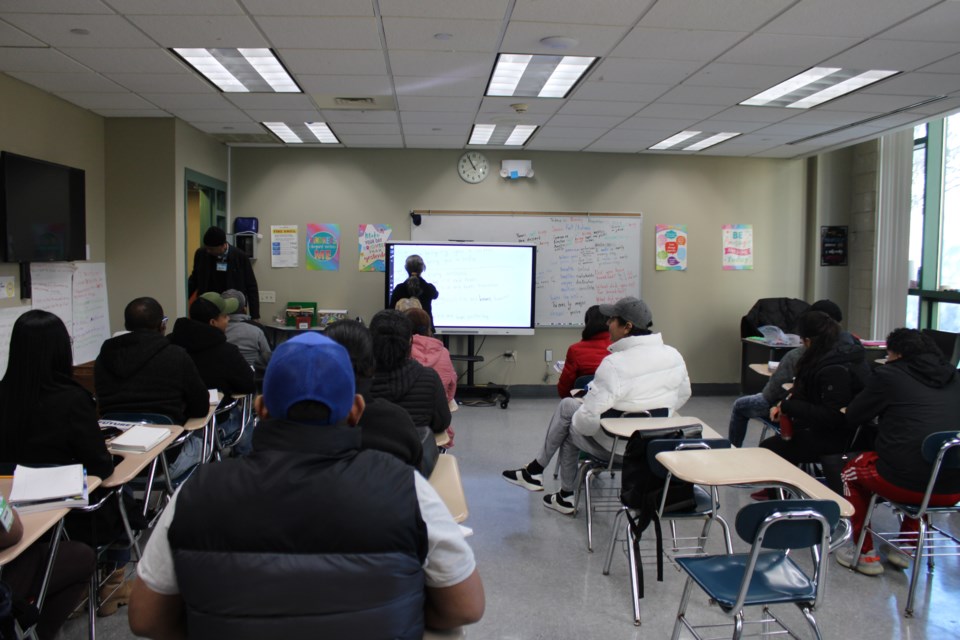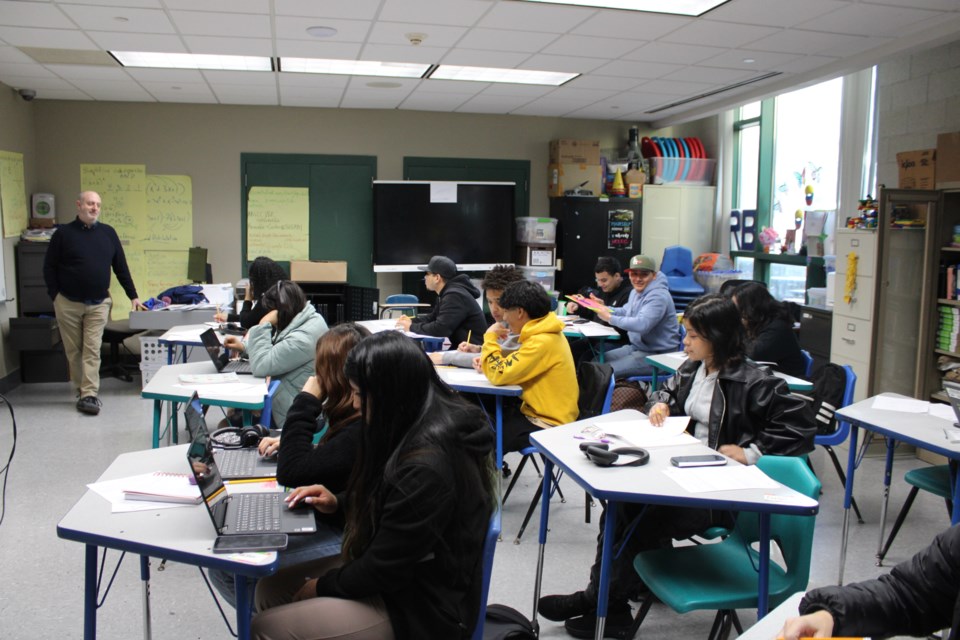When 18-year-old Pierina Gomez immigrated to Brooklyn from Ecuador earlier this year, her brothers and mother were by her side.
“It’s been tough because I left so much back at home,” said Gomez in Spanish, which has been translated for this article. “But I’m content that I have my immediate family with me, because many people, in my case, don’t travel with their families. They have to come alone.”
Gomez added that her father immigrated to Brooklyn before the rest of the family, and now they are reunited.
Currently, she is taking GED classes at RiseBoro Community Partnership, a Bushwick-based nonprofit that has been serving New Yorkers for 50 years, with programs spanning housing, education, health and senior care. RiseBoro also offers GED courses and English courses, as well as courses in reading comprehension and critical thinking.
"Migrants’ greatest needs continue to be access to fair-paying jobs, permanent housing and healthcare," said Scott Short, CEO of Riseboro Community Partnership.
Once Gomez gets her GED diploma, she told BK Reader, her goal is to get a bachelor’s degree and become a dentist.
“When I first got here, I was extremely nervous, extremely shy, but taking classes at RiseBoro has given me confidence and strength to ask questions," Gomez said.

Gomez is one of the city’s more than 100,000 migrants who have arrived since spring 2022. Currently, 60,000 migrants are within the city’s care.
Short said the pandemic is one of the causes of the current wave of migration.
"The aftershocks of the global pandemic are still being felt and we’re seeing this in the number of ailing migrants who have arrived in New York City," said Short. "RiseBoro’s concern is less about their arrival and more about the lack of adequate resources from the city, state and federal governments to receive them."
The city’s response to the rise in migration has been highly controversial. Earlier this month, migrants were bussed to a shelter created at Floyd Bennett Field in Marine Park. However, upon arrival, several migrant families were appalled by the conditions and refused to stay. They got back on the bus and asked to be taken elsewhere.
“We appreciate the support we have received so far from our state and federal partners, but with more than 60,000 asylum seekers still in our care and without additional help, we will be forced to continue making difficult decisions,” said New York City Mayor Eric Adams in a statement this September.
Short says that the city's response to the crisis could have been better.
"In the face of such a crisis, there’s always room for improvement at various levels, but only if we commit to working together. Because it’s difficult to fully anticipate the magnitude of the challenge until you’re actually faced with it, you need partners," said Short.
"It’s about putting the pieces together to achieve better outcomes. After all, this is not the first time that NYC has opened its doors to migrants looking for better opportunities. That’s how most of us got here."
Massiell De La Cruz, the program coordinator of RiseBoro’s Adult Education program, said migrants make up 50% of the nonprofit’s students this year.

For some migrants, coming to the U.S. can mean starting all over with their education, even if they were educated in their home country.
“I had to leave the educational path that I was on behind to create a new one over here,” said Daniela Mejia, a 19-year-old who immigrated to Brooklyn from Guatemala in April. She spoke in Spanish, which was translated for this article.
"I left a life that I was starting to build educationally,” Mejia said.
Mejia had already begun higher education before leaving Guatemala, but when she got to Brooklyn, she had to start all over again. Right now, she is taking a GED class at RiseBoro and plans on studying to become a doctor.
“For a long time, I was afraid of change. But now that I’ve had to adapt to a new life, I’m learning to embrace changes,” said Mejia. “I feel like I’m on a mountain and I just have to keep climbing and climbing because of all the new obstacles thrown my way.”




